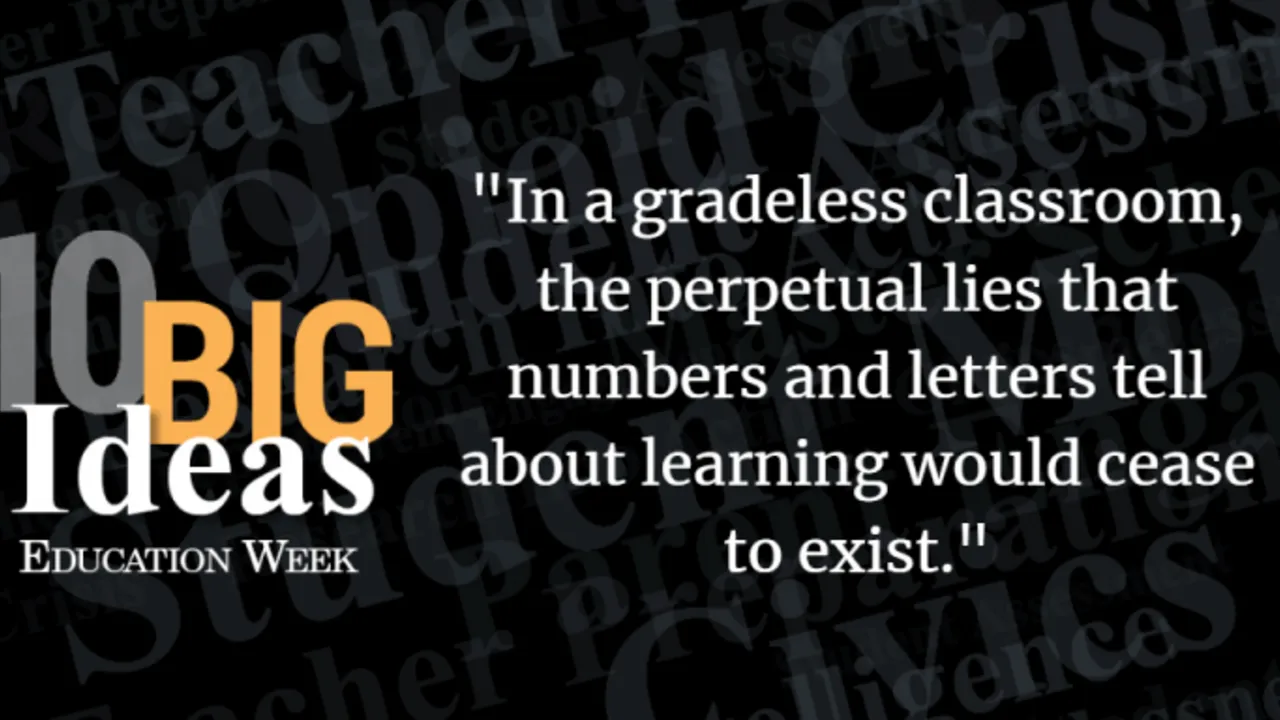How Graphic Novels Can Engage Reluctant Readers and Writers in Any Classroom
Jun 19, 2025
In classrooms everywhere, teachers are grappling with a stubborn challenge: students who resist reading and writing. These reluctant learners often feel alienated by traditional texts and frustrated by expectations that don’t speak to their strengths or interests. But there’s one medium quietly flipping the script—graphic novels.
Why Graphic Novels Work
Graphic novels and comics aren’t just fun—they’re transformative. They meet students where they are, inviting them into stories through accessible visuals and concise, purposeful language. For readers who have struggled with dense paragraphs, limited context, or uninspiring content, sequential art provides a visual and emotional on-ramp to literacy.
The beauty of graphic novels lies in their ability to engage the whole brain. They require students to:
-
Look with care and intention
Instead of skimming, students learn to slow down, examine facial expressions, background details, and panel transitions. Every image adds depth to the story, encouraging closer reading—or, more accurately, close looking. -
Consider perspectives and possibilities
The format naturally encourages empathy and critical thinking. Students begin asking: Why did the artist choose this layout? What’s happening outside the frame? What other ways could this story be told? -
See writing in a new way
Graphic storytelling allows students to organize and communicate complex ideas visually. For students intimidated by a blank Word document, this opens up fresh avenues for expression. Suddenly, writing isn’t just about the words—it’s about the story.
Beyond the English Classroom
While many educators associate graphic novels with ELA, their power extends to every subject. Science classes can use them to explore systems and cycles. Social studies students can reenact historical moments with visual storytelling. Math learners can illustrate problem-solving processes. The comic format supports thinking, reflection, and deep comprehension in any content area.
Students who might otherwise check out of class—those who feel defeated by text-heavy assignments—begin to show signs of life. They process, discuss, and ultimately express their learning through storytelling that feels natural, even fun.
Growth Through Productive Struggle
One of the most underrated benefits of teaching with comics is how they encourage students to take intellectual risks. Because the medium feels less formal, students often push beyond their comfort zones. They revise panel sequences, rethink character motivations, and explain abstract concepts—all through an engaging visual structure.
This is the “growth zone” educators aim for: where students are challenged just enough to learn without feeling overwhelmed. Graphic novels offer that space.
Inspire More Than Just Your Students
Graphic novels have the power to change more than student outcomes—they can shift classroom culture. When students are genuinely excited to read and share their ideas, the energy is contagious. Parents notice. Administrators take interest. Even skeptical colleagues might ask what you’re doing differently.
And that’s the power of this approach: it isn’t just a trend—it’s a research-backed, student-centered method that supports literacy, creativity, and engagement.
What You Can Do Tomorrow
-
Start with one short comic or visual text—even a single page can open the door for deeper discussion and exploration.
-
Invite students to create their own panels or mini-comics related to current content.
-
Use visual texts for close-reading exercises, guiding students to analyze both language and illustration.
-
Display student-created comics as evidence of learning and storytelling power.
Final Thought
If you’ve struggled to connect with reluctant readers or writers, graphic novels might be the key you’ve been missing. They’re not just for entertainment—they’re powerful learning tools that invite every student to participate, think critically, and tell stories that matter. And once they do, they’ll never look at reading—or themselves—the same way again.







